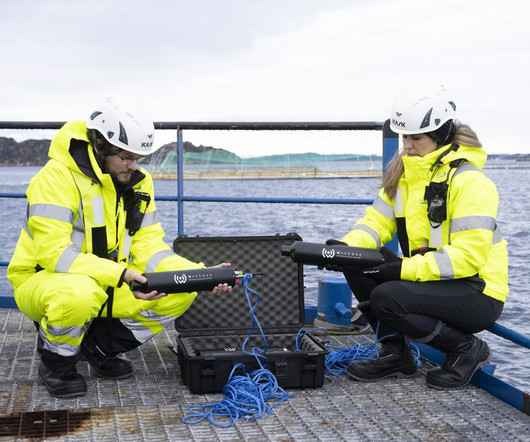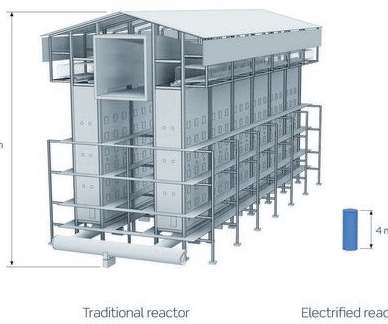BASF partners with China BlueChemical and Wuhuan Engineering to develop new technology for use of CO2-rich marine gas
Green Car Congress
JANUARY 13, 2022
to promote low-carbon development and utilization of marine gas resources. In the Dongfang Industrial Park of Hainan Province, China BlueChemical extracts large quantities of such offshore natural gas (marine gas) from gas fields in the South China Sea. Marine gas, unlike commercial natural gas, contains high concentrations of CO 2.





























Let's personalize your content